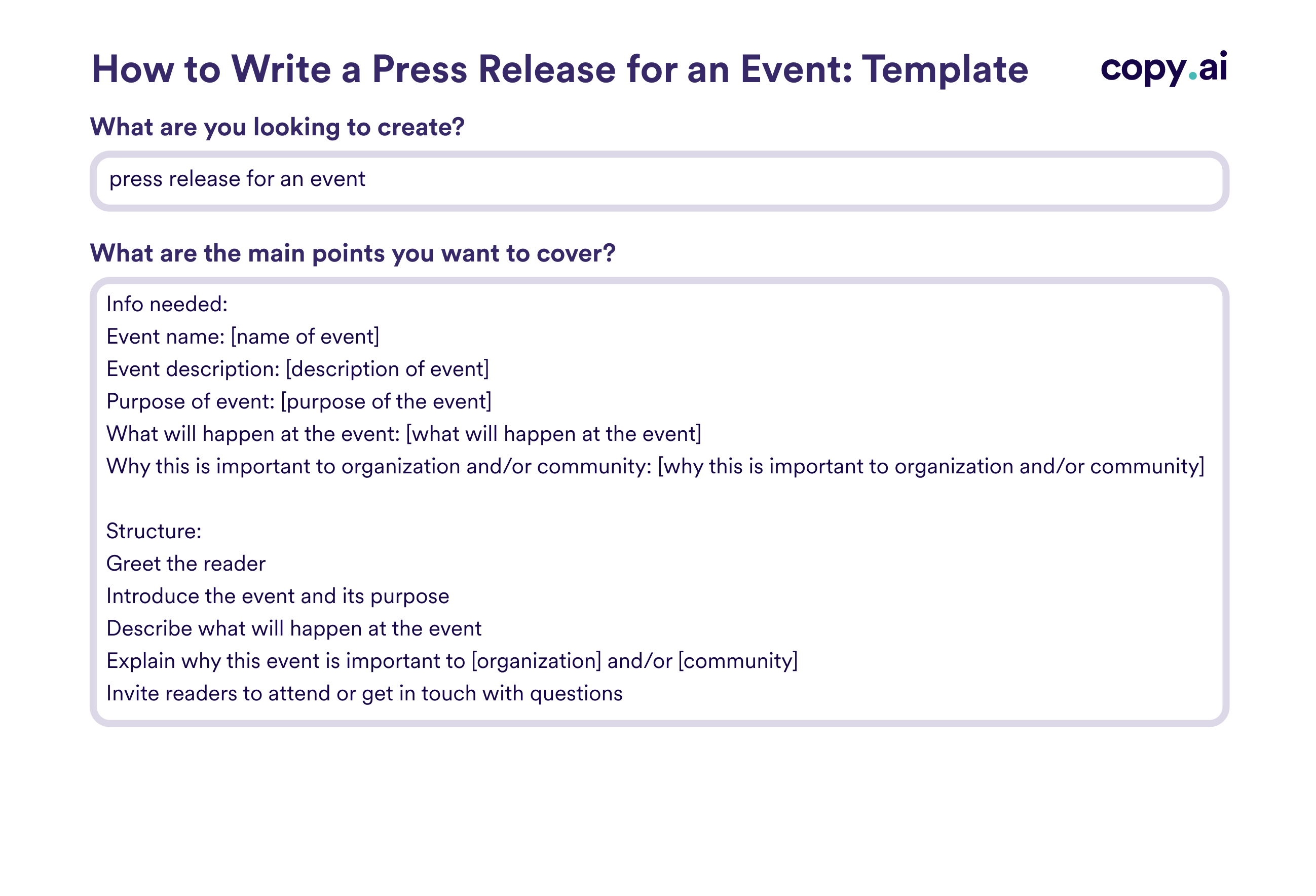
Effective Ways to Divide Fractions in 2025: Simple Methods to Master It!
Understanding how to divide fractions can often seem challenging, but it is a crucial skill essential for success in both basic math and more advanced mathematics. Whether you are working with proper fractions, improper fractions, or mixed numbers, this comprehensive guide will provide you with effective strategies for mastering fraction division, along with practical examples to enhance your comprehension. Below, we delve into several core concepts surrounding dividing fractions that can empower you to tackle fraction problems with ease.
Fundamentals of Fraction Division
Before diving into practical methods, it’s important to grasp the fundamental concepts of fraction division. Dividing fractions involves understanding the **top number** (numerator) and the **bottom number** (denominator) of a fraction. For instance, when you are dividing one fraction by another, the rule is to multiply by the reciprocal of the second fraction. This method is simple yet effective, allowing you to convert division into multiplication.
The Concept of Reciprocal Fractions
To divide fractions, you first need to know about reciprocal fractions. The reciprocal of a fraction is obtained by flipping its numerator and denominator. For example, the reciprocal of \( \frac{3}{4} \) is \( \frac{4}{3} \). When we apply this to an operation involving the division of \( \frac{2}{3} \div \frac{3}{4} \), we convert it to \( \frac{2}{3} \times \frac{4}{3} \). This approach emphasizes **multiplying by the reciprocal** as a quick way to solve fraction division problems efficiently.
Using Fraction Bars for Clarity
Fraction bars are an effective visual tool in understanding and incorporating division into fractions. By using fraction bars, learners can visually represent the fractions involved and see how they relate to one another. This method is especially useful in educational settings, where visual aids can enhance understanding, making it easier for students to solve division problems.
Examples of Fraction Division
Here’s a practical example involving dividing fractions: Suppose you want to calculate \( \frac{5}{6} \div \frac{2}{3} \). Following the procedure, you first find the reciprocal of \( \frac{2}{3} \), which is \( \frac{3}{2} \). Then, multiply \( \frac{5}{6} \) by \( \frac{3}{2} \): \( \frac{5 \times 3}{6 \times 2} = \frac{15}{12} \). After simplifying, this results in \( \frac{5}{4} \), or 1.25, which can also be expressed as a mixed number, \( 1 \frac{1}{4} \). Such examples provide easier ways of interpreting and solving complex fraction problems.
Strategies for Simplifying Complex Fractions
Simplifying fractions before or after performing operations can greatly ease your calculations. It’s essential to recognize when a fraction can be reduced to its simplest form. This includes understanding how to evaluate **equivalent fractions** and applying **common denominators** when necessary. Simplifying directly affects the division process, making it smoother and less prone to errors, reinforcing the importance of strong foundational skills in either basic math or advanced fraction operations.
Identifying Common Denominators
A key technique in simplifying complex fractions involves identifying common denominators. When dividing mixed numbers, one important step includes converting them to improper fractions. For example, converting \( 2 \frac{1}{3} \) involves multiplying the whole number by the denominator and adding that to the numerator, yielding \( \frac{7}{3} \). Once the fractions are in the same form, division can proceed effortlessly.
Using a Fraction Calculator
For those who prefer tech solutions, employing an online **fraction calculator** can streamline the process of dividing fractions. These calculators can not only perform operations quickly but also visually display the steps being taken. This method is particularly helpful when dealing with advanced fractional operations, enabling users to observe how fractions interact with each other mathematically.
Real-World Applications of Dividing Fractions
Understanding the application of fractions, especially in real-world scenarios, helps solidify knowledge. For example, using fractions in recipes shows how to divide ingredients to serve a different number of portions. If a recipe calls for \( \frac{2}{3} \) of a cup of sugar for 6 cookies, and you want to divide it for 18 cookies, you would do \( \frac{2}{3} \div 3 = \frac{2}{9} \) of a cup of sugar per cookie. Applying fractions in practical contexts promotes greater engagement and understanding, aiding the learning process for students.
Engaging Kids through Fun Fraction Games
Implementing games focused on **fraction concepts** can significantly enhance children’s proficiency in fraction division. Educational games encourage active participation while reinforcing the principles of dividing fractions. Looking for appropriate resources can enable playful learning and provide ample opportunities for practicing fraction exercises, which is fundamental in mastering fractions.
Interactive Fraction Activities
Several online platforms offer interactive fraction activities tailored towards making math fun. Factor in visual representations of fractions in these games—think colorful fraction bars or pie charts. Engaging young learners through playful interactions with fractions will not only keep their interest alive but will also reinforce their comprehension and familiarity with mathematical operations.
Fraction Teaching Methods and Techniques
Incorporating diverse teaching methods can cater to various learning styles. While some students may benefit greatly from visual aids, others might find success through hands-on manipulative tools. Additionally, employing math-related story problems involving everyday situations can anchor students' understanding. Utilizing **fraction worksheets** with diverse problem sets can bridge the gap between theoretical knowledge and practical application.
Exploring Educational Resources Online
The internet provides a wealth of resources for both students and educators in the field of fractions. Educational websites often include **fraction quizzes**, interactive games, and video tutorials that are tailored specifically for fractional division. These tools can reinforce learning, making the subject more approachable and enjoyable for students of all ages.
Key Takeaways
- Understanding the reciprocal is crucial for dividing fractions effectively.
- Visual aids such as fraction bars can help clarify relationships in fraction division.
- Interactive games and activities can aid in engaging students while enhancing their comprehension of fractions.
- Real-world examples demonstrate the relevance of fraction division in everyday tasks like cooking or budgeting.
- Simplifying fractions and using a fraction calculator can make complex problems manageable and easy to understand.
FAQ
1. What is the first step to divide fractions?
The first step in performing **fraction division** is to find the reciprocal of the fraction you are dividing by. This means you invert the numerator and denominator of the second fraction, which turns the division problem into a multiplication problem.
2. Can improper fractions be used in division?
Yes, **improper fractions** can be used in division just like proper fractions. The method remains the same: convert any mixed numbers to improper fractions, then follow the procedures for dividing fractions, which include multiplying by the reciprocal.
3. How can I simplify fractions before dividing them?
To simplify a fraction, divide both the **numerator** and the **denominator** by their greatest common factor (GCF). This helps make the division process easier. Always aim to simplify before performing the operation.
4. What fraction rules should I remember while dividing?
Key **fraction rules** include multiplying by the reciprocal, simplifying before calculations, and ensuring all fractions are in the same form (improper or proper) to make the operations easier. Understanding these rules helps prevent common mistakes.
5. Are there any effective resources for practicing fraction division?
Absolutely! Online resources such as **fraction worksheets**, educational games, and interactive websites provide excellent platforms for practicing **fraction division**. Many of these platforms offer immediate feedback, which can significantly enhance understanding and retention of concepts.
6. How does dividing fractions impact real-life situations?
Dividing fractions is frequently encountered in real-life scenarios. From cooking recipes to measuring quantities, knowing how to divide fractions helps individuals make proportional calculations effortlessly, which can save time and reduce waste in practical applications.
7. What strategies can I employ for teaching fractions in elementary math?
Effective strategies for teaching ***dividing fractions*** in elementary math include using visual tools, interactive fraction activities, and incorporating relatable real-life contexts into lessons. Engaging lesson plans that include games and quizzes can motivate students and facilitate a deeper understanding of fractions.

